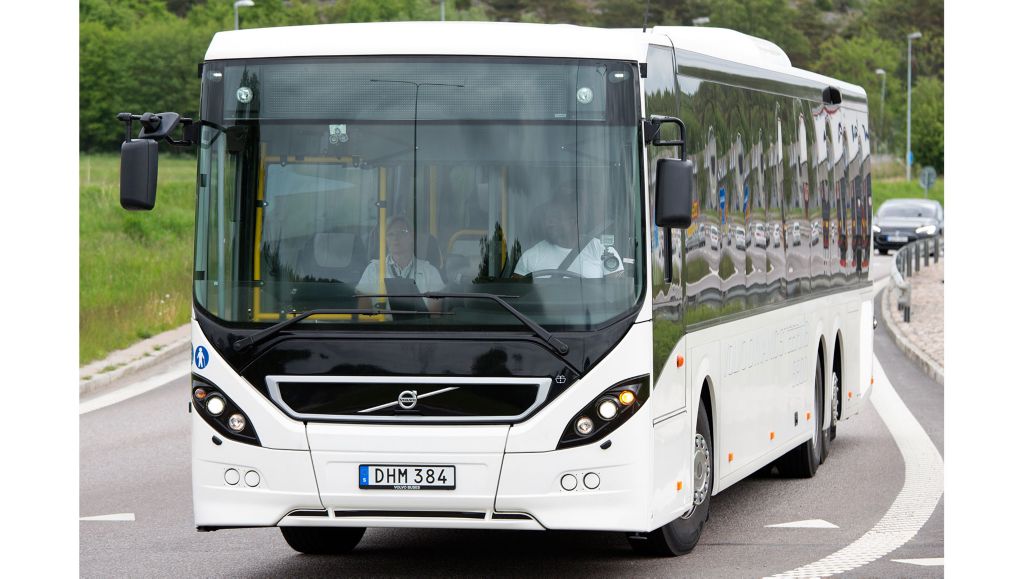Volvo Dynamic Steering reduces the risk of work-related injuries for bus drivers


The study carried out by VTI, the Swedish National Road and Transport Administration, examined muscle strain while driving both with and without VDS, and recorded how much the driver benefits from the system. In the tests, activity in the various muscle groups was measured in left turns, right turns, while negotiating a roundabout and when driving straight ahead.
Significant reduction in muscular strain
The results reveal that on average, VDS cuts muscular strain by 20 to 30 per cent, for certain manoeuvres by up to 70 per cent.
“There’s no doubt that this type of system improves the driver’s working environment. Many drivers experience pain in their joints and muscles, and it is obvious that they benefit from a system of this sort,” says Dr Anna Anund, associate professor and head of research at VTI.
The study also reveals that female drivers, who generally strain more muscles when manoeuvring a bus, benefit as much from VDS as male drivers do.
Appreciated by drivers
After the tests, all 20 drivers reported that they would benefit immensely from VDS in their everyday work and that VDS can reduce muscular pain, above all in the shoulders.
“The longer the tests ran, the more positive the drivers were to the system. This is something they really want,” says Dr Anund.
The fact that VDS is also in demand by customers is reflected in the sales figures. One year after its introduction, more than half of Volvo’s long-distance buses sold in Europe are fitted with VDS. As of the autumn of 2017 the system is also available on Volvo’s city and intercity buses.
“The VTI study confirms the positive effects of Volvo Dynamic Steering for drivers both on long-distance routes and in urban driving. With the introduction of VDS on our city buses too, many more drivers will be able to handle tight cornering, roundabouts and other demanding manoeuvres in a far safer and more relaxed way,” says Volvo Buses ergonomics expert Maria Gink Lövgren.
Both VDS and the VTI study are presented in greater detail at the 2016 IAA trade fair in Hannover from 22 to 29 September.
Brief facts about Volvo Dynamic Steering
Watch the video on Youtube